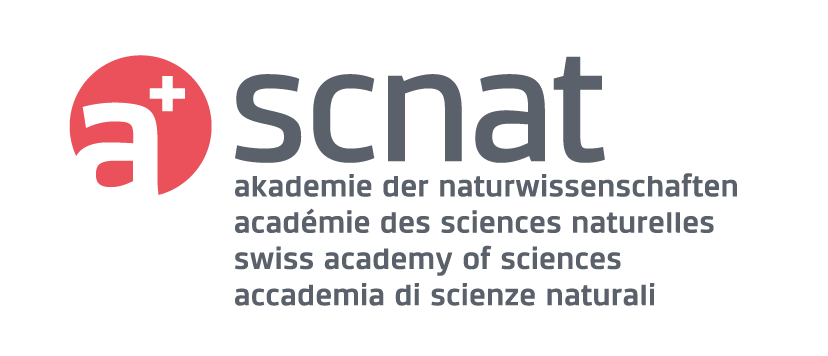Articles | Volume 77, issue 1
https://doi.org/10.5194/gh-77-39-2022
© Author(s) 2022. This work is distributed under the Creative Commons Attribution 4.0 License.
Special issue:
The potential of fragipans in sustaining pearl millet during drought periods in north-central Namibia
Viewed
Total article views: 1,050 (including HTML, PDF, and XML)
Views and downloads (calculated since 14 Jan 2022)
Cumulative views and downloads
(calculated since 14 Jan 2022)
Viewed (geographical distribution)
Total article views: 1,008 (including HTML, PDF, and XML)
Thereof 1,008 with geography defined
and 0 with unknown origin.
| Country | # | % |
|---|
Latest update: 23 Dec 2025




